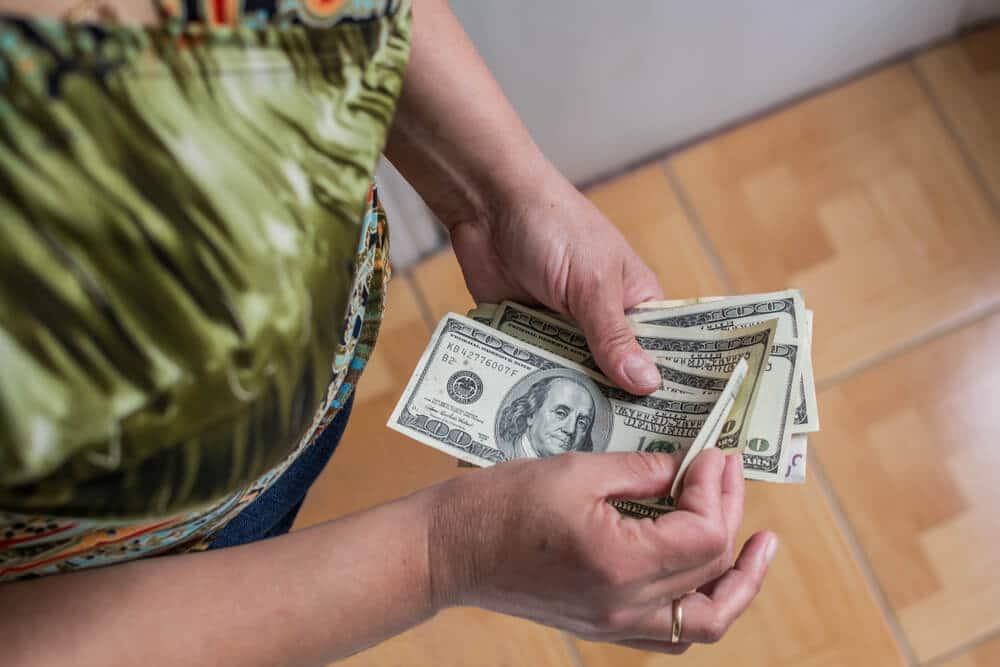The process for cashing a money order is the same at virtually all cashing locations, regardless of whether the money order was issued by Western Union, MoneyGram, the U.S. Postal Service, or another issuer.
The fees you’ll pay will vary by location, but the steps you take to cash the money order will be the same.
See the details of the process below, plus several tips to keep in mind while cashing your money order.
How to Cash a Money Order
Step 1: Check the money order for errors.
As soon as you receive a money order, confirm the amount, the stated recipient, and the condition of the money order.
If you have a money order that isn’t for the correct amount or that has mistakes in the “Pay To the Order of” field, you’ll want to contact the individual who sent it to you.
You shouldn’t cross mistakes out or alter them; instead, contact the purchaser so they can cancel the money order and request a replacement.
Step 2: Decide where you’d like to cash your money order.
Fees and limits for cashing money orders vary at each cashing location. The best way to avoid fees is to cash a money order at a business that also issues that type of money order.
For example, if you have a money order that was issued by the United States Postal Service (USPS), you can cash it for free at your local post office.[1]
Step 3: Visit the cashing location.
Bring the unsigned money order and a valid, government-issued ID to the cashing location.
A driver’s license, passport, state-issued ID, or military ID should suffice.
Step 4: Sign the back of the money order in front of the attendant.
A person can only cash a money order that was made out to them or signed over to them (as previously reported), but it’s still best to sign the money order right before you cash it, in case you lose it and it falls into the wrong hands.
Step 5: Pay the fees and receive your funds.
Pay any fees assessed by the money order cashing location and receive your funds.
If you’re at a bank, you can also choose to deposit the funds into your account.
Step 6: Hold on to your receipt.
Occasionally, someone may try to pay you with a fake money order, and a bank or business may unknowingly cash the fraudulent money order.
Keep your receipt as a record of the transaction in case the check cashing location finds any issues with the money order.
Tips For Cashing a Money Order
While the process to cash a money order is relatively simple, keep the following tips in mind to avoid any issues receiving your funds:
- Don’t accept money orders that aren’t made out to you. While it is possible for someone to sign a money order over to you that was originally intended for another recipient (creating a third-party money order), many institutions prefer not to cash these kinds of money orders due to the risk of fraud.
- Promptly contact the original purchaser of the money order if you lose it. A purchaser can cancel a lost money order and get a new one as long as he or she provides its original serial number. Find more details in our research on how to cancel and replace money orders.
- Note the cashing location’s limits before visiting. Some places that cash money orders have maximum limits, meaning they won’t cash money orders over a certain amount.
- Verify your money order if something seems off. If you cash or deposit a fake money order, you’ll be liable for reimbursing the casher. You’ll also have to pay any associated fees. See our related research for how to verify a money order.
 William Lipovsky
William Lipovsky






